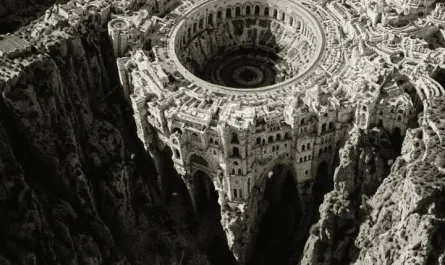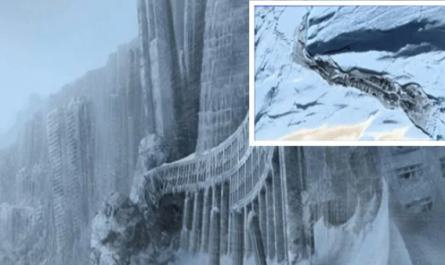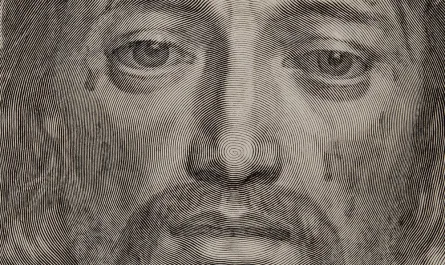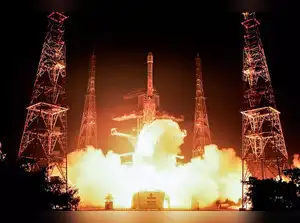Pompeii, the ancient Roman city frozen in time by the catastrophic eruption of Mount Vesuvius in AD 79, has long fascinated archaeologists and historians. Yet beyond its remarkably preserved ruins and haunting plaster casts, a far more mysterious theory has emerged—one that suggests Pompeii may have harbored evidence of extraterrestrial presence before its destruction. Could there be any truth to these claims, or are they simply the product of myth and misinterpretation?
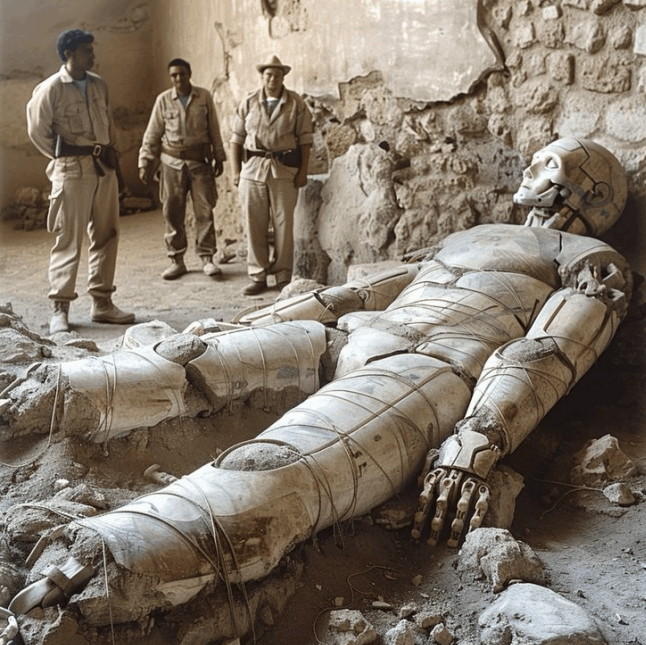
Mysterious Carvings: Evidence of the Unexplained?
One of the most frequently cited pieces of “alien evidence” in Pompeii is a collection of peculiar carvings and frescoes depicting figures with large eyes, elongated heads, and unusual body proportions. Some theorists argue that these images bear an uncanny resemblance to modern depictions of extraterrestrials.

These mysterious figures have fueled speculation that the ancient Romans may have encountered beings not of this world—or at least had knowledge of something beyond their civilization. Could these images be artistic representations of alien visitors, or are they simply exaggerated depictions of Roman gods, mythological creatures, or stylistic artistic choices?
Most archaeologists lean toward the latter explanation. Roman art was known for its creative exaggeration, often distorting human features for dramatic effect. The large eyes and elongated heads seen in some Pompeian artwork are consistent with traditional Roman frescoes, rather than evidence of an otherworldly presence.
Strange Artifacts and Advanced Technology
Pompeii is an archaeological treasure trove, offering a remarkably well-preserved snapshot of Roman life. Among the thousands of artifacts unearthed, some enthusiasts claim that certain metal tools and objects appear far too advanced for their time—or even resemble futuristic technology.
Theories have emerged suggesting that these artifacts could be remnants of lost knowledge, possibly influenced by alien visitors. Some even claim that advanced metallurgy techniques found in certain objects hint at knowledge far beyond what ancient Romans were supposed to have.
However, mainstream archaeologists dismiss these theories, arguing that the Romans were master engineers and metallurgists. Their advanced aqueducts, concrete structures, and intricate mechanisms, such as the Antikythera mechanism (found in a Roman shipwreck), demonstrate their ingenuity without requiring extraterrestrial intervention.
Mysterious Lights in the Sky: Ancient UFOs?
Adding fuel to the fire, ancient texts and local folklore describe unusual “lights in the sky” seen before Mount Vesuvius erupted. Some UFO enthusiasts interpret these accounts as possible sightings of alien spacecraft, speculating that extraterrestrials may have foreseen the disaster and left before the destruction.
However, astronomers and geologists provide a more grounded explanation: volcanic eruptions often produce strange atmospheric phenomena, such as electrical discharges (volcanic lightning) and glowing gas emissions. These natural occurrences, seen through the eyes of ancient Pompeians, may have been interpreted as omens or supernatural signs.
Truth or Legend?
Theories of alien activity in Pompeii may be compelling, but the evidence remains elusive. The ruins of Pompeii undeniably showcase the brilliance of Roman civilization, yet some mysteries persist—whether due to lost historical knowledge, natural phenomena, or pure speculation.
Could extraterrestrials have truly visited Pompeii before its tragic end? Or are these tales merely the result of misinterpretations and human imagination? While science leans toward the latter, the enduring allure of such mysteries continues to captivate those who seek to uncover the hidden truths of our past.
What do you think? Was Pompeii just an advanced Roman city caught in a natural disaster, or is there more to the story? Let us know your thoughts in the comments!
